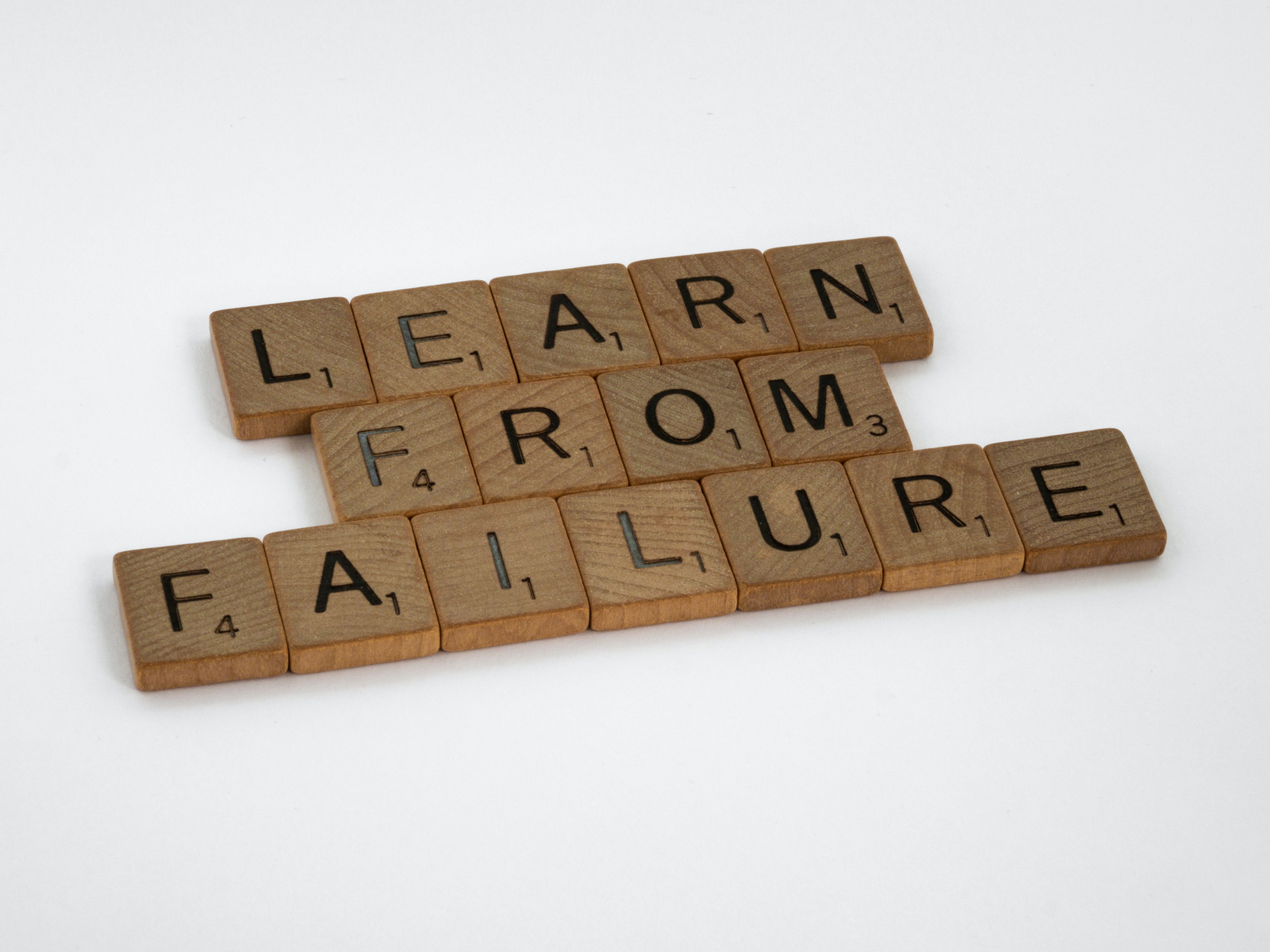 When the pandemic first began in early spring of 2020 most were navigating in the dark. Non-tech savvy workers and managers had to suddenly, not only learn new technology but learn pandemic marketing, or how to integrate the internet into their business. Almost a year in, the pillars of a strong remote business are more apparent. They are quintessential in an in-person workplace, but prove to be even more so in remote work and managing. So, even as the pandemic comes to an end these practices and tips will be useful, always, in the workplace.
When the pandemic first began in early spring of 2020 most were navigating in the dark. Non-tech savvy workers and managers had to suddenly, not only learn new technology but learn pandemic marketing, or how to integrate the internet into their business. Almost a year in, the pillars of a strong remote business are more apparent. They are quintessential in an in-person workplace, but prove to be even more so in remote work and managing. So, even as the pandemic comes to an end these practices and tips will be useful, always, in the workplace.
Many of these skills such as organization, time management, and communication, may not come easily to some people, that’s okay. I know that, for me, I had to work at it in order to master these “pillars of success.” But, once you get a system going the difference between the old way and the new way will be obvious. Some of the things that will make work more efficient may feel tedious, and there is a learning curve to all of the software that I mention, but once you get your system going for you and your team–– the results will speak for themselves.
While working and managing remotely, both managers and workers may feel as though work is easier. This may be completely true and valid, but while enjoying the comforts of working from home things may fall into the cracks that are difficult to notice. Time, for
instance, may feel like it is in abundance. But, you will notice that it is especially ever fleeting while working remotely. To solve this problem look to time management.
Time Management
Time management is one of those buzzwords that seem important, but when it comes down to it, the definition is pretty abstract. So, instead learn the tools for time management and your own time management system will fall into place. Everyone is different, so it is important to structure your time management systems around how you and your team work.
Toggl, a time tracker, is one of the time management tools I use. And the best thing about it? It is incredibly simple to use, anyone, and any technology skill level can use it. Simply input what you are working on and start timing. Leave the tab open while you work on other stuff. This is the first step, however, to effective time management. See exactly how long certain tasks take you to do. Perhaps something that you thought only took 30 minutes actually takes over an hour to do. Guessing how much time you will need is not a good method and can really cost you in the end.
A good next step to time management then, is assigning priority to tasks. Again this is not something that you want to guess. You have to analyze the task, and/or project, to see what needs to get done first. I use Asana, a project management tool to create tasks and projects and assign priority to them. I also assign due dates so I know what exactly needs to get done as soon as possible. With Asana, you can assign tasks to employees or colleagues. Remember, time management works even better with proper communication. A team using the same time management system while properly communicating can take on so much more, much faster, than an ordinary work team.
Communication
Communication is the key to success. A tired cliche, but true if the communication is effective. Communication is multilayered. On one level you need great tools that are accessible to you and your team and are easy to use. On another level, both workers and managers need interpersonal skills for an optimal work environment. Being remote is a challenge on top of the already daunting challenge of effective communication. So, some tools will be handy. Slack is the go to work messaging app, and for good reason. It’s features are suited for communicating tasks and has built in integration with HubSpot and Google. Slack can be used on a desktop computer or a mobile device. A problem with instant messaging is getting across tone. This can be a bigger problem when remote because it is possible that co workers are only talking to each other through messaging. Certain messages may seem sarcastic, so colleagues may be confused by the meaning. In order to combat this issue, Slack features “reactions” and encourages the use of emojis. While emojis may seem silly and unprofessional, they are a good way to set the tone of your message.
While messaging is great, there really should be some (remote) face-to-face communication. The explosion of work-related video call apps has been hard to miss. There’s plenty of choices WebX, Zoom, GoogleMeet, etc. They all basically work the same, and allow for the closest thing to in-person communication. Plus, there’s no need to worry about getting the tone of your message across while using video call. However, video-call meetings can be very long so make sure you are organizing how long those meetings are. Otherwise you may be taking up valuable time with a not so valuable meeting.
Organizing
If you are not the most organized person in the world (like me), now is high time to try and change that around. Things can get pretty disorganized during this time. Organization is kind of the sum of the other pillars, if you have good time management, communication, and you plan and document then organization will fall into place. Sort of. You will still need a system for putting everything in its place. Systemizing your work, while tedious at times, will make work flow faster and better than before. To start, use the software that I mentioned before. Then make a Google sheet or an Excel spreadsheet to put all of these numbers, tasks, and important messages into one place.
Now, if you expect organization from your team then a good place to start is with yourself. A to-do list may seem old fashioned, but there are ways to make it fresh and more effective. A "pick-six" list is a list of six things that need to get done ASAP. It makes you think about the priority of what needs to get done since you can only pick six things at a time. If you’re a manager, then this could mean delegating tasks to your team. A great way to do this is through Asana, by the way. If you do this then make sure you document who is doing what in the spreadsheet.
Planning and Documentation
Plan your work day, then document what you’ve done. Sounds pretty easy, right? But, if you don’t have the right tools and the planning/documentation is not accessible, then it may be worthless. Planning with a team requires a tool that you can use. A project management tool (like Asana) is a great way to plan with a team and have a record of who is responsible for what. The next step though, is documenting once the task is done. This can and will prevent people from doing work that has already been done.
When you have the documentation of what has been done, go back to your spreadsheet and put in it. Yes, even if it seems pointless or unnecessary. You will thank yourself later when you have everything that you and your team has done on paper. You’ll never know when you may need that sort of information, so save yourself the stress and get a good system of planning and documentation going.
Being remote means no more physical paper trail. Everything will be stored on someone’s computer or in the cloud. It is smart to have copies of your documentation on other devices just in case something may happen to the computer you keep it on. In fact, it may be smart to do this for all important documents.
You will find that these four pillars are interconnected and that by improving one, you will be improving all of them. Good time management leads to effective communication, organization, and planning/documentation. The software that you use for one of these pillars are probably helpful, even essential for all of the rest. Working and managing remotely is not easy so brush off those digital tools and start doing the tedious work now–– it will pay off tenfold.
Share this
You May Also Like
These Related Stories

10 Essential Business Tools For Managing and Working Remotely

5 Ways To Gain a Career Boost When Working Remotely


